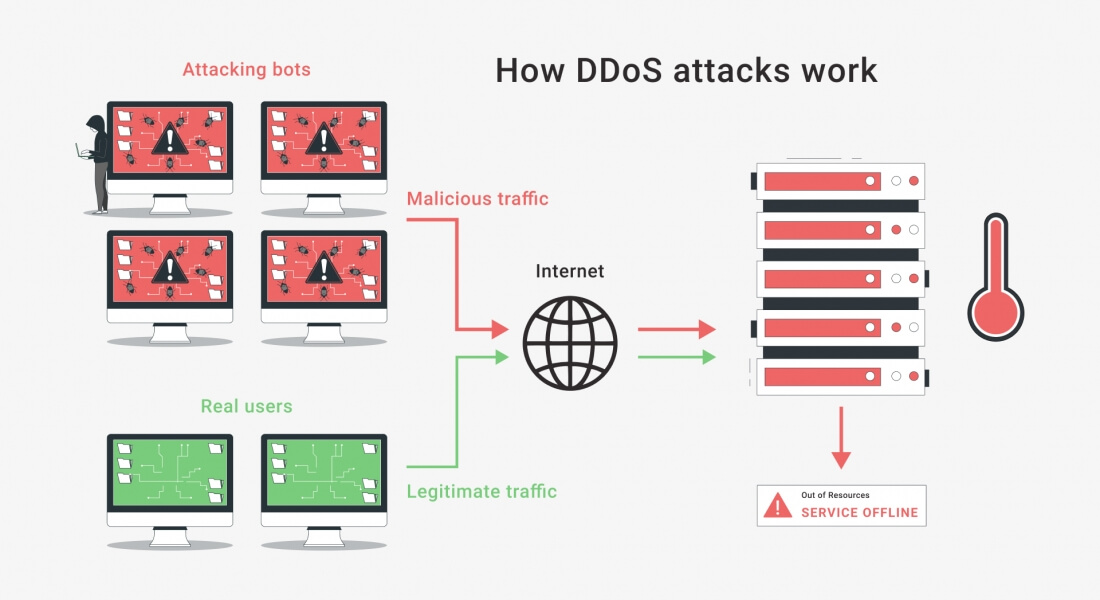How to Protect Your Server from DDoS Attacks
Are you worried about the security of your server? DDoS attacks can cripple your website or online services by overwhelming your server with fake traffic. In this article, we will discuss how you can protect your server from DDoS attacks and ensure that your online presence remains secure.
1. Implement DDoS Protection Services
One of the most effective ways to protect your server from DDoS attacks is to implement DDoS protection services. These services use advanced algorithms to detect and block malicious traffic before it reaches your server. Popular DDoS protection services include Cloudflare, Akamai, and Arbor Networks.
2. Configure Firewall Rules
Firewalls are essential for protecting your server from DDoS attacks. Configure your firewall to block suspicious IP addresses and limit the number of connections from a single IP address. You can also use a web application firewall (WAF) to filter out malicious traffic before it reaches your server.
3. Use Anti-DDoS Hardware
Another effective way to protect your server from DDoS attacks is to use anti-DDoS hardware. These devices are specifically designed to detect and mitigate DDoS attacks in real-time. Anti-DDoS hardware can help you filter out malicious traffic and ensure that your server remains accessible to legitimate users.
4. Monitor Server Performance
Regularly monitor your server’s performance to detect any unusual spikes in traffic. DDoS attacks often cause a sudden increase in traffic, which can slow down or crash your server. By monitoring your server performance, you can quickly identify and mitigate DDoS attacks before they cause any damage.
5. Keep Software Up to Date
Make sure to keep your server software up to date to protect against known vulnerabilities that could be exploited by DDoS attackers. Regularly install security patches and updates to keep your server secure and prevent DDoS attacks.
6. Implement Rate Limiting
Implement rate limiting on your server to prevent DDoS attacks by limiting the number of requests that can be made to your server within a certain time frame. Rate limiting can help you control traffic flow and prevent your server from being overwhelmed by fake requests.
7. Use Intrusion Detection Systems
Deploy intrusion detection systems (IDS) to monitor your server for any suspicious activity that could indicate a DDoS attack. IDS can help you detect and respond to DDoS attacks in real-time, preventing them from causing any damage to your server.
Conclusion
Protecting your server from DDoS attacks is essential for ensuring the security and availability of your online services. By implementing DDoS protection services, configuring firewall rules, using anti-DDoS hardware, monitoring server performance, keeping software up to date, implementing rate limiting, and using intrusion detection systems, you can effectively protect your server from DDoS attacks and keep your online presence secure.
